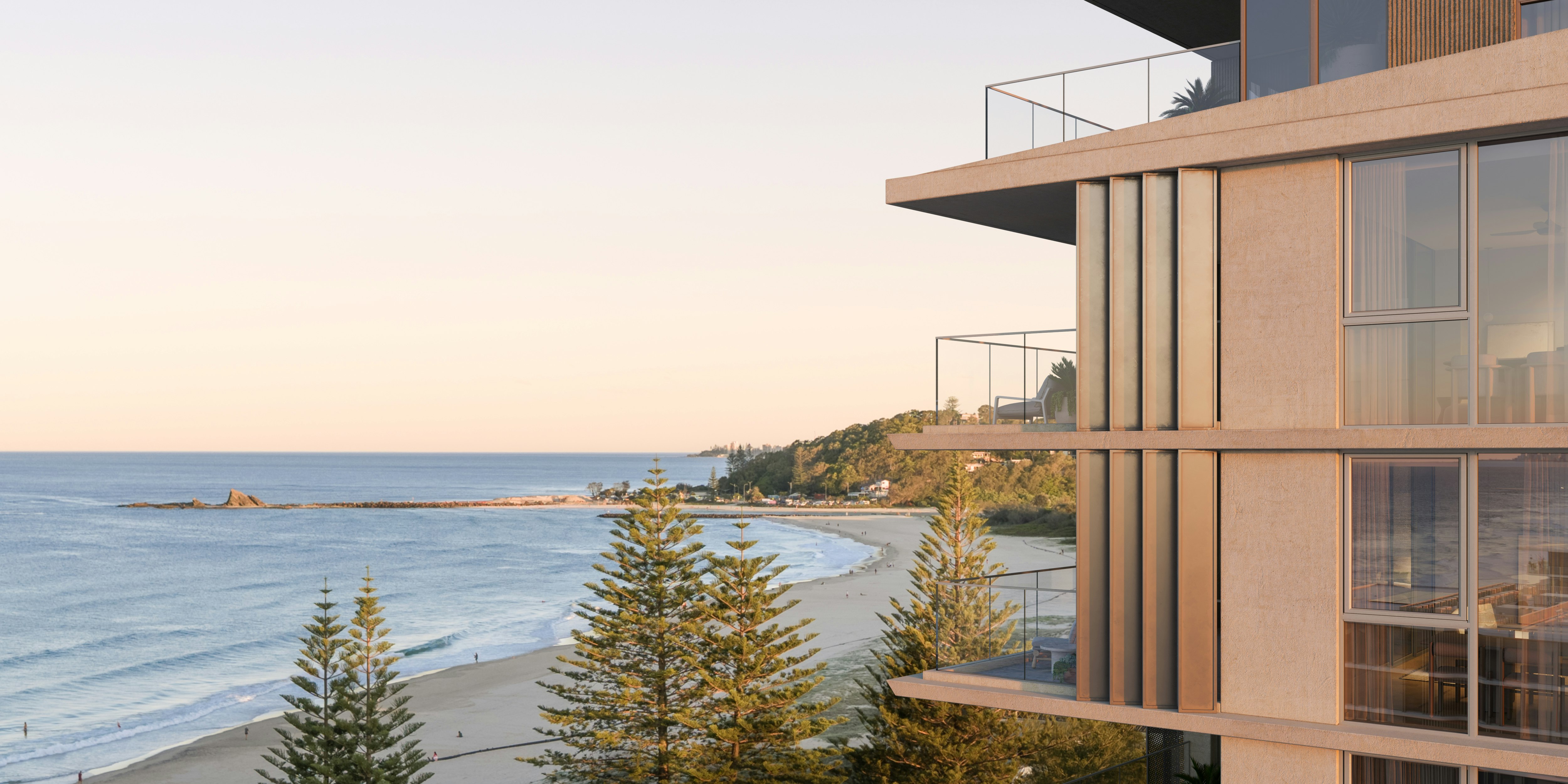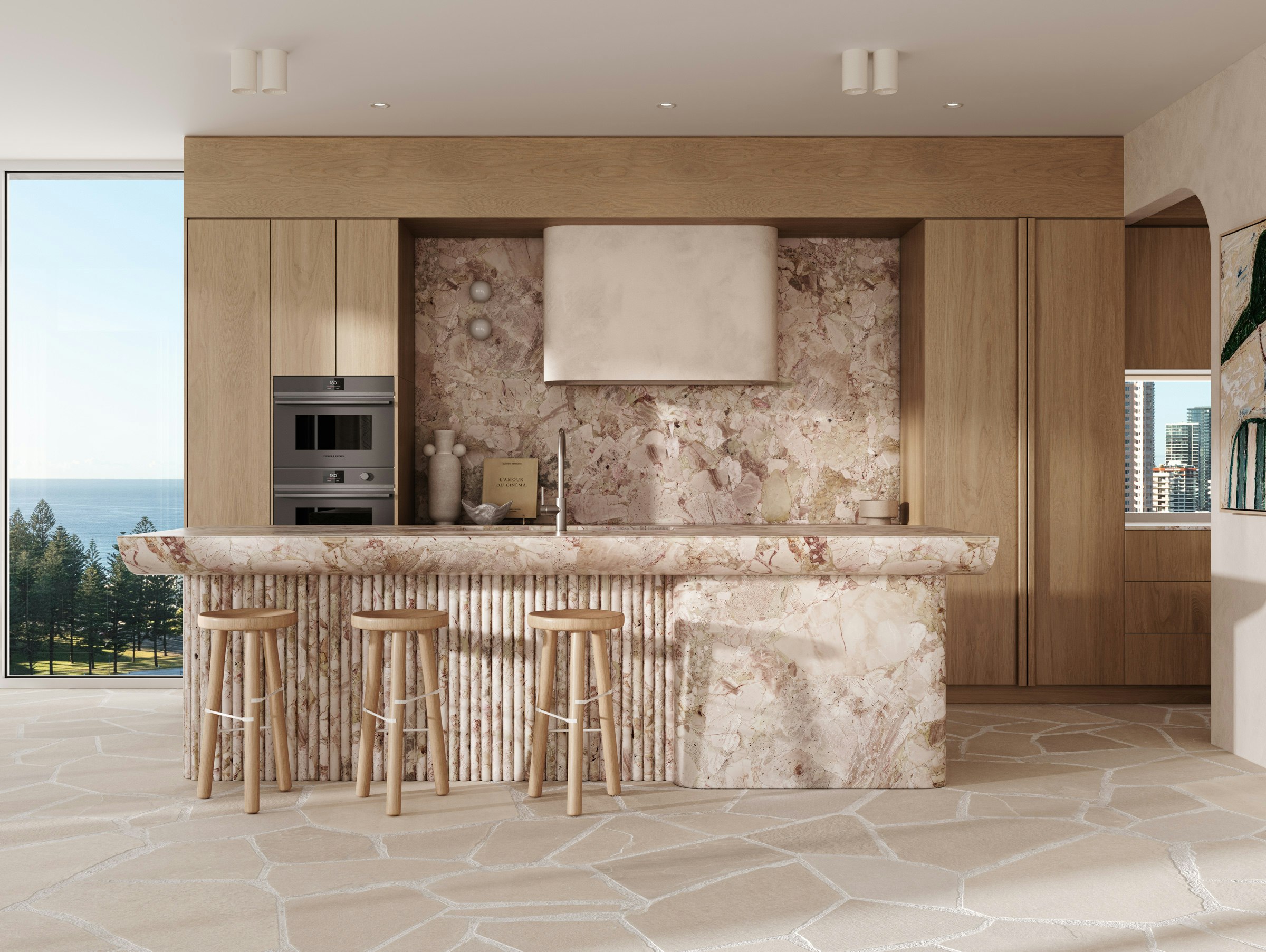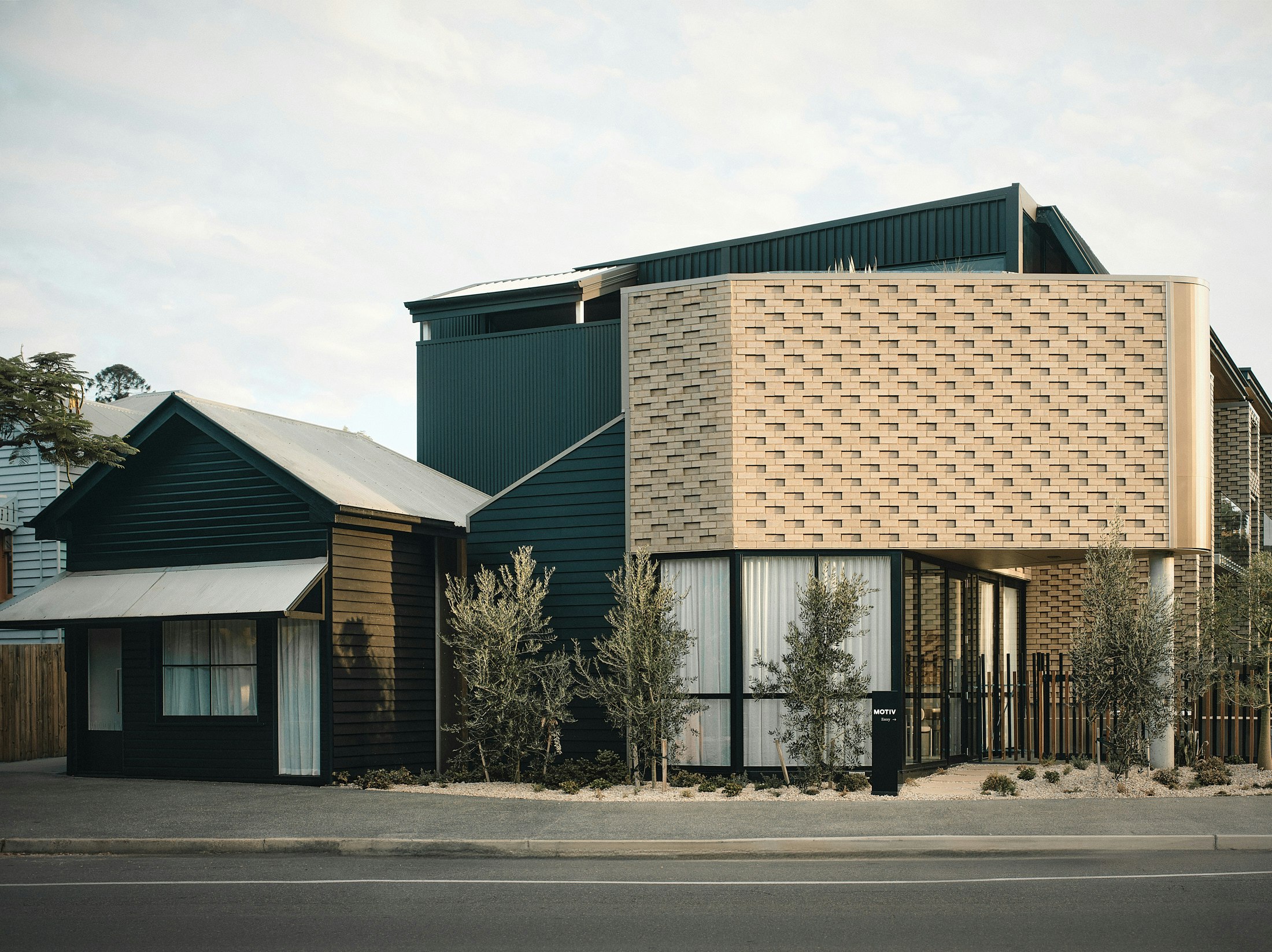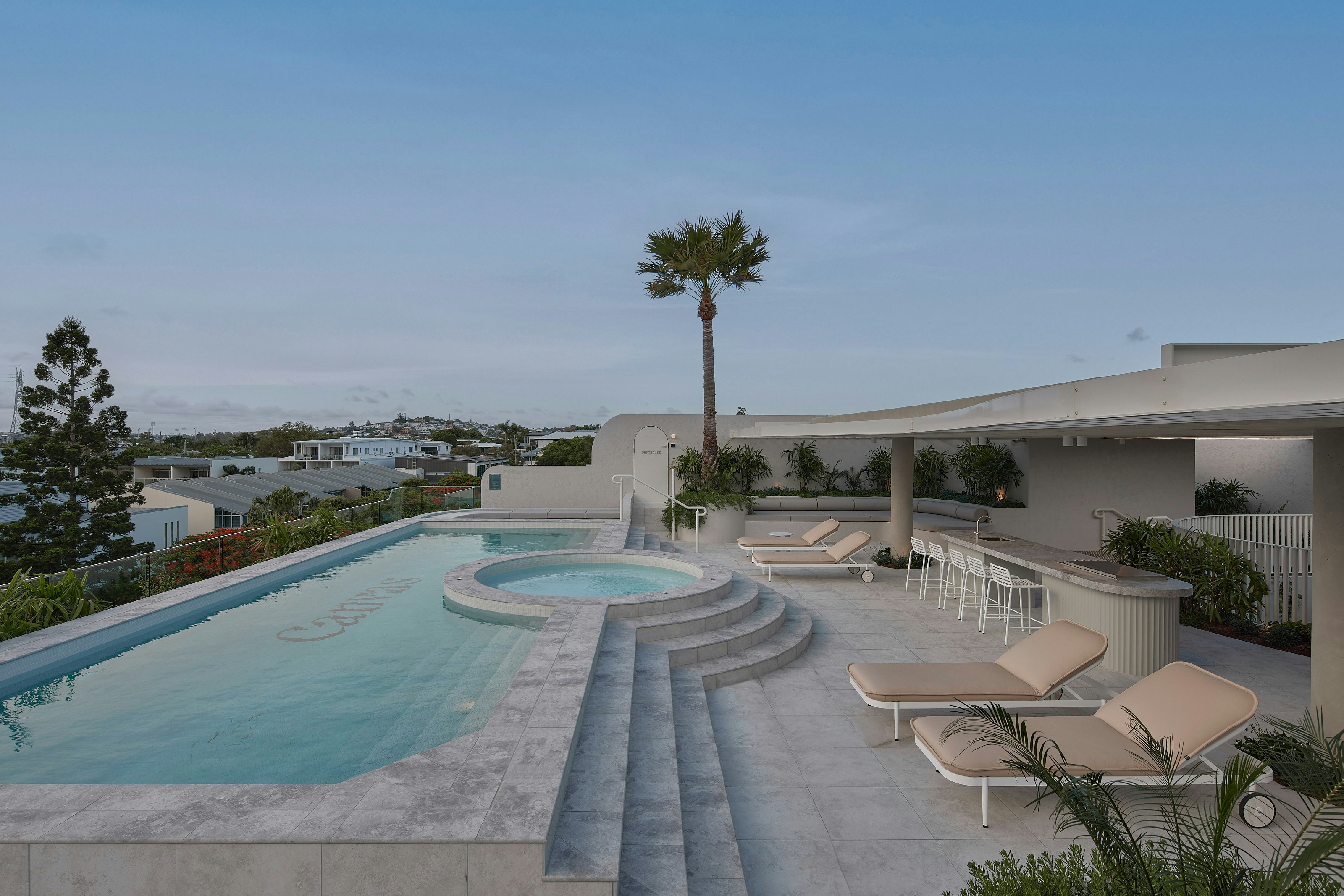Share
In the world of property development, timing is everything - and that includes your public relations strategy.
Too often, PR is treated as a final flourish: something to “plug in” just before a project launch. But the most effective campaigns understand PR for what it really is - a strategic lever. When embedded from the very beginning, PR becomes a powerful tool to shape perception, build credibility, and support the entire sales journey.
This is the message from Ashleigh McInnes, founder of leading PR agency Papermill, in a recent conversation with our Director, Carly Cottam. Together, they unpack the true value of PR - not just as a channel for media coverage, but as a brand-building tool that drives long-term campaign success.
1. PR Is the First 90%, Not the Last 10%
“If you're on market, there's really only one media moment,” explains Ashleigh. “The bulk of what we do has to happen in the 12 months leading up to launch.”
Buyers are in-market longer than ever before - with REA data showing the average consideration period has jumped from 8 months to 22 months. This means developers must focus on building brand integrity and visibility long before launch. PR helps establish trust, context, and credibility early - long before paid media or direct agent conversations take place.
2. A Trusted Corporate Brand Drives Sales Confidence
Buyers today are more cautious, especially when it comes to off-the-plan product.
“They're doing their own research,” Ashleigh explains. “They're looking into the builder and the developer. If there’s no corporate brand presence, it raises alarm bells.”
PR plays a crucial role in strengthening a developer’s digital footprint - through media coverage, speaking opportunities, podcast appearances, and cross-channel presence. As Ashleigh says:
“If a buyer researches a developer and sees they've been consistently active in the market, it builds trust. They’re seen as specialised. As credible. That trust is critical in the sales journey.”
3. Think Like a Publisher
In today’s market, developers can’t rely solely on traditional media to shape their narrative. They need to become content creators in their own right.
“Developers need to think about themselves as a publishing house,” says Carly. “Establish a presence on LinkedIn, Instagram, Facebook - because buyers will follow you for years before they convert,” adds Ashleigh.
By consistently sharing meaningful content - from the story behind your collaborators to the values guiding your design - you’re not just promoting a project. You’re building trust and familiarity that moves buyers from long-term consideration into active engagement.
4. PR Is Not a Sales Tool. It’s a Brand Tool.
Developers often ask: can PR drive leads? The answer is more nuanced.
“We always say: don’t think of PR as a sales tool,” Carly notes. “You can’t track it the same way. Think of it as a brand tool - part of the investment in building a brand that reflects the quality of your product.”
It’s about layered touchpoints: a billboard, an event, a press article, a LinkedIn post. By the time a buyer clicks a paid ad or lands on your site, their trust has already been earned. The attribution might go to Google - but PR helped close the gap long before.
5. Get PR In Early - At the Strategy Table
Bringing in PR at the last-minute creates missed opportunities.
“Often by the time we’re brought in, we see 10 media moments that could’ve been used to strengthen the campaign,” Ashleigh shares.
From highlighting the way collaborators were sourced, to how architectural decisions support lifestyle - these are rich, strategic narratives that only work if they’re planned early and aligned with brand, sales and marketing teams.
“We always say: bring us in during the planning phase. Let us align with your USPs and collaborators. Then we can build a narrative that rolls out in tandem with your key sales moments.”
6. No Brand Yet? Start Building with Strategic Partnerships
Even developers without a long-standing brand can create meaningful presence.
Ashleigh recommends leveraging lifestyle collaborations and awards platforms to borrow equity and fast-track recognition:
“If a developer sponsors something like the Eat Drink Design Awards, it opens a whole new audience segment. You’re building association and authority - which strengthens your corporate brand faster.”
In a market where buyer confidence is fragile and competition is fierce, PR isn’t a ‘nice to have.’ It’s an essential part of brand strategy - and it should sit alongside sales, marketing and design from day one.
If you want meaningful cut-through and long-term brand equity, it’s time to bring PR to the table - not after it’s been set.




